Discover a comprehensive free travel guide to Yellowstone National Park USA, covering everything you need to know for an unforgettable trip. Explore the beauty and wonder of this natural gem.
Introduction
Welcome to the ultimate free travel guide to Yellowstone National Park USA! Nestled in the heart of the United States, Yellowstone is a natural wonderland, renowned for its geothermal features, diverse wildlife, and stunning landscapes. In this comprehensive guide, we’ll take you on a virtual journey through this iconic national park. Whether you’re a seasoned traveler or a first-time visitor, you’ll find invaluable insights, tips, and recommendations to make the most of your Yellowstone adventure. Let’s embark on this exciting exploration!
Free Travel Guide To Yellowstone National Park USA
Getting There
Access Points
Yellowstone National Park spans three states: Wyoming, Montana, and Idaho. To begin your Yellowstone adventure, you’ll want to choose an access point. Here are the main entrances:
- North Entrance: Located near the town of Gardiner, Montana, this entrance is the only one open year-round and provides access to Mammoth Hot Springs.
- South Entrance: Situated near Jackson Hole, Wyoming, this entrance is your gateway to the iconic Old Faithful geyser.
- East Entrance: Found in Cody, Wyoming, this entrance leads you to the serene and beautiful Yellowstone Lake.
- West Entrance: Located in West Yellowstone, Montana, this entrance offers quick access to the park’s geyser basins.
- Northeast Entrance: This entrance, near Cooke City, Montana, is the gateway to the Lamar Valley, famous for its wildlife.
Road Tripping
If you’re up for an adventure before even reaching the park, consider a road trip. Yellowstone is surrounded by breathtaking scenery, and driving to the park is an experience in itself. The park’s five entrances are connected to major highways, making it accessible from all directions.
Best Time to Visit
Seasonal Wonders
Yellowstone offers a different experience each season. The peak season is from June to August when the park is bustling with activity. However, each season has its unique charm:
- Spring (April to June): Witness the park’s rebirth as flowers bloom, and wildlife becomes more active.
- Summer (June to August): Enjoy the warmest weather and the full range of activities, but be prepared for larger crowds.
- Fall (September to October): Experience a quieter park as the foliage turns brilliant shades of gold and orange.
- Winter (November to March): Discover a snow-covered wonderland with opportunities for cross-country skiing and snowshoeing.
Where to Stay
Lodging Options
Yellowstone offers various lodging options, catering to different preferences and budgets:
- Historic Lodges: Consider staying at iconic lodges like the Old Faithful Inn or Lake Yellowstone Hotel for a touch of history and elegance.
- Campgrounds: If you’re an outdoor enthusiast, campgrounds within the park provide a more immersive experience. Be sure to make reservations, especially during the peak season.
- Hotels and Cabins: Surrounding gateway communities offer a range of hotels, cabins, and vacation rentals.
Booking in Advance
To secure your preferred accommodation, it’s advisable to make reservations well in advance, especially if you plan to visit during the summer months. Availability within the park fills up quickly.
Must-See Attractions
Old Faithful Geyser
One of Yellowstone’s most famous attractions is the Old Faithful geyser. It erupts approximately every 90 minutes, shooting boiling water into the air. Don’t miss the opportunity to witness this mesmerizing natural display.
Grand Canyon of the Yellowstone
The Grand Canyon of the Yellowstone is a breathtaking sight with its dramatic waterfalls and colorful rock formations. Hike along the rim for the best views or take a scenic drive to various viewpoints.
Wildlife Watching
Yellowstone is home to a diverse range of wildlife, including bison, elk, grizzly bears, and wolves. Wildlife enthusiasts will find plenty of opportunities for observation and photography. Remember to keep a safe distance and use binoculars or telephoto lenses for close-up views.
Outdoor Activities
Hiking Trails
Yellowstone boasts over 900 miles of hiking trails, catering to all skill levels. Here are a few notable trails:
- Uncle Tom’s Trail: Descend into the Grand Canyon of the Yellowstone for stunning views of Lower Falls.
- Fairy Falls Trail: This easy hike leads to a beautiful waterfall and offers a chance to see Old Faithful from a distance.
- Mount Washburn Trail: For a challenging hike, head to Mount Washburn, offering panoramic views of the park.
Fishing
Yellowstone’s pristine lakes and rivers provide excellent fishing opportunities. To fish in the park, you’ll need to obtain a fishing permit, which is available at visitor centers.
Safety Tips
Wildlife Encounters
While Yellowstone’s wildlife is a highlight, it’s essential to respect their space and safety:
- Maintain a safe distance from all wildlife, especially large mammals.
- Never approach or feed wildlife for photos. Use binoculars or telephoto lenses.
- Carry bear spray, know how to use it, and hike in groups.
Geothermal Features
Yellowstone’s geysers and hot springs are captivating but dangerous:
- Stay on designated paths near geothermal features.
- The ground can be unstable, so never walk off designated boardwalks or trails.
- Keep children close and pets on a leash.
FAQs (Frequently Asked Questions)
Is Yellowstone National Park open year-round? Yes, Yellowstone is open year-round, but some roads and facilities may close during the winter months. Check for current conditions before planning your trip.
What’s the best way to spot wolves in Yellowstone? Wolves are elusive, but Lamar Valley and Hayden Valley are known for wolf sightings. Join a guided wolf-watching tour for the best chances.
Can I swim in Yellowstone’s hot springs? No, swimming in hot springs is prohibited due to their extreme temperatures. Stick to designated swimming areas in lakes and rivers.
Are there wheelchair-accessible trails in Yellowstone? Yes, Yellowstone offers several wheelchair-accessible trails, providing everyone the chance to enjoy the park’s beauty.
Is it safe to drink water from streams and rivers in Yellowstone? No, it’s not safe. Use a water filter or bring your own water to ensure safe drinking while in the park.
What’s the altitude of Yellowstone National Park? Yellowstone’s elevation varies, but it ranges from 5,282 feet at Reese Creek to 11,358 feet at Eagle Peak.
Conclusion
Yellowstone National Park is a treasure trove of natural wonders and outdoor adventures. Whether you’re captivated by the eruption of Old Faithful or yearning to spot elusive wildlife, Yellowstone has something for everyone. Use this comprehensive free travel guide to plan your trip and create lasting memories in this remarkable wilderness. Embrace the beauty of Yellowstone and connect with nature like never before.

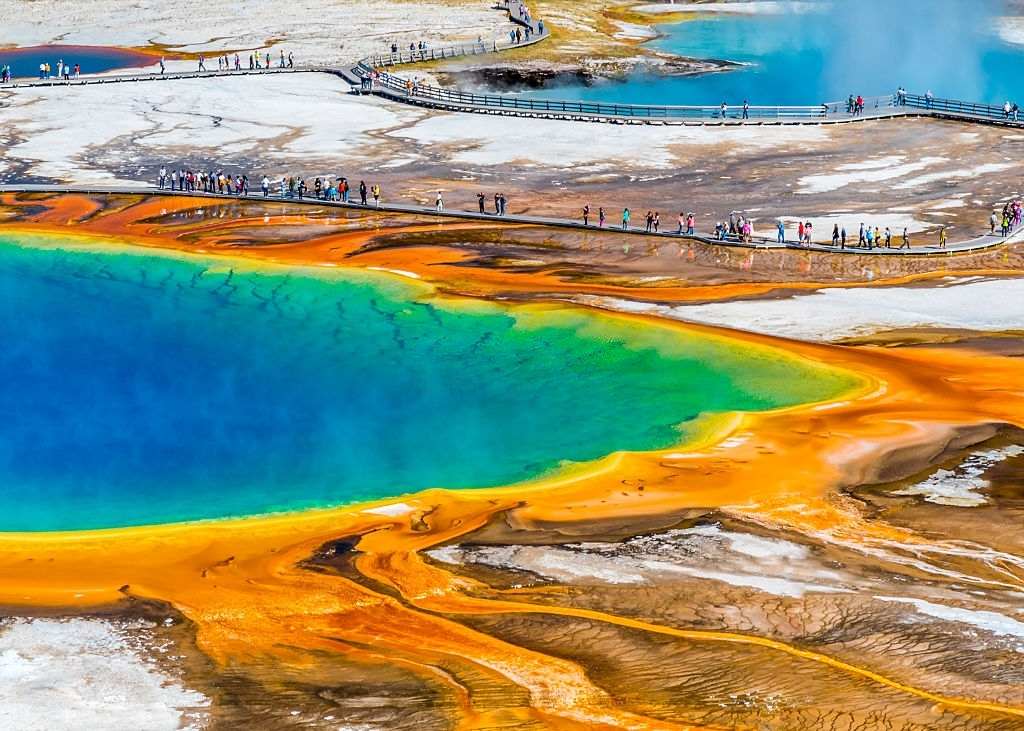
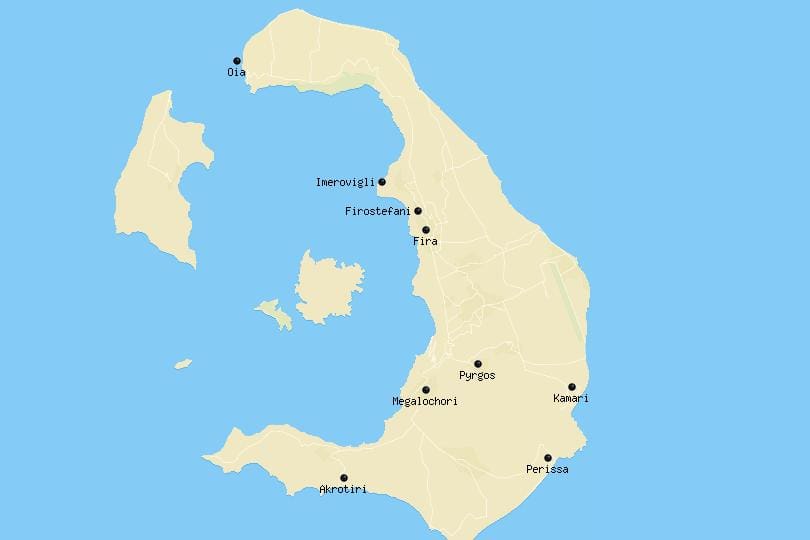


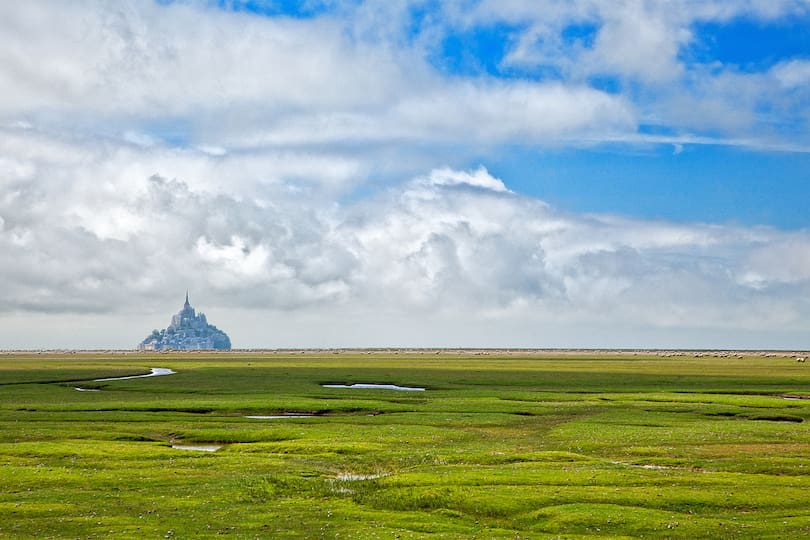


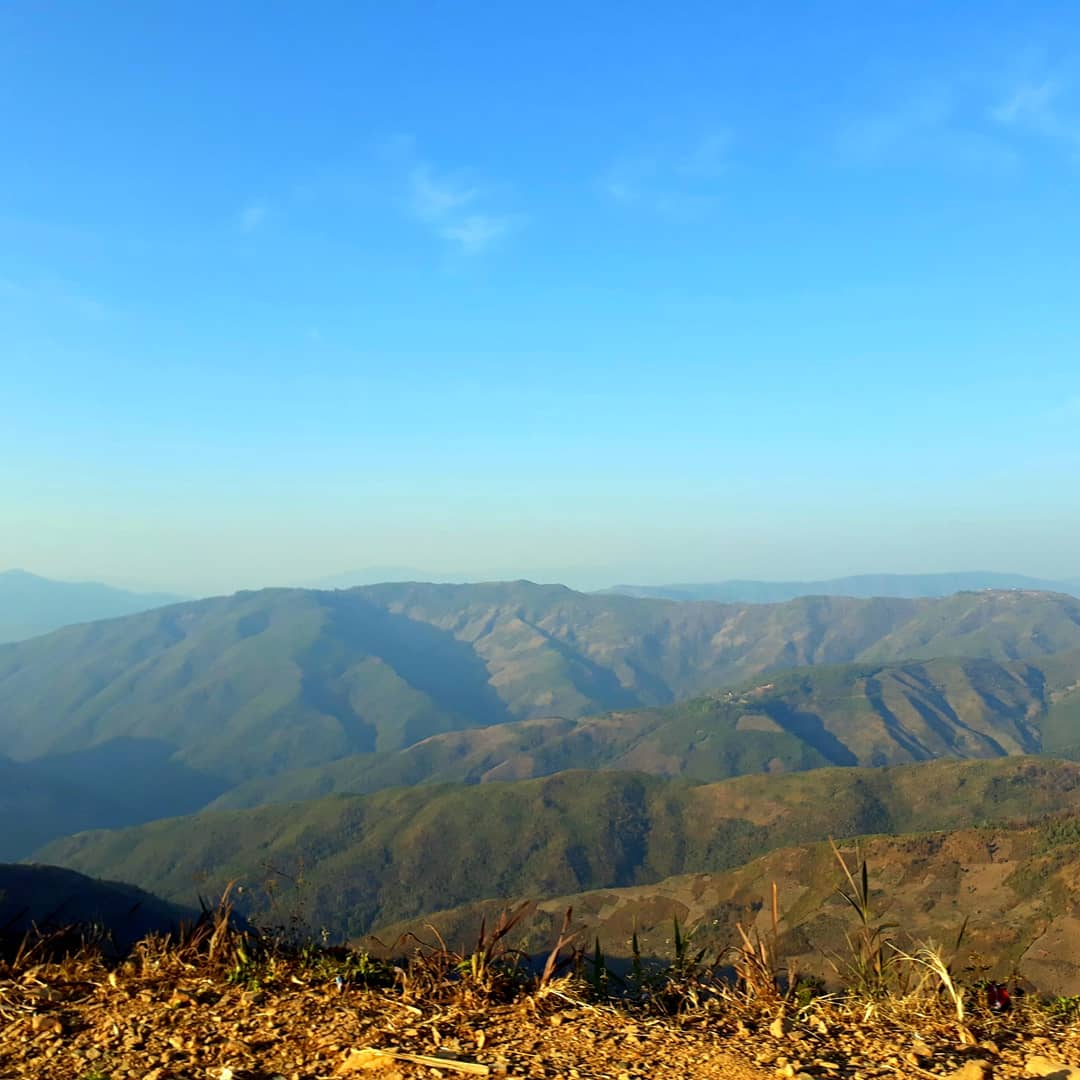
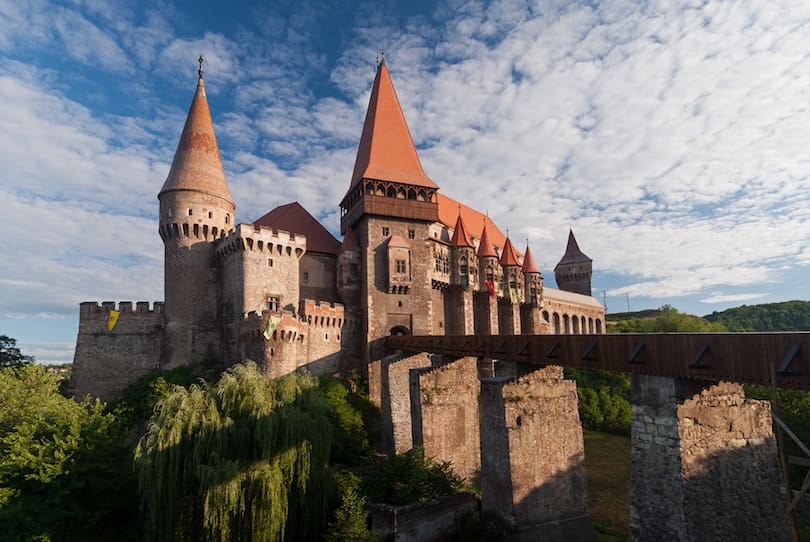


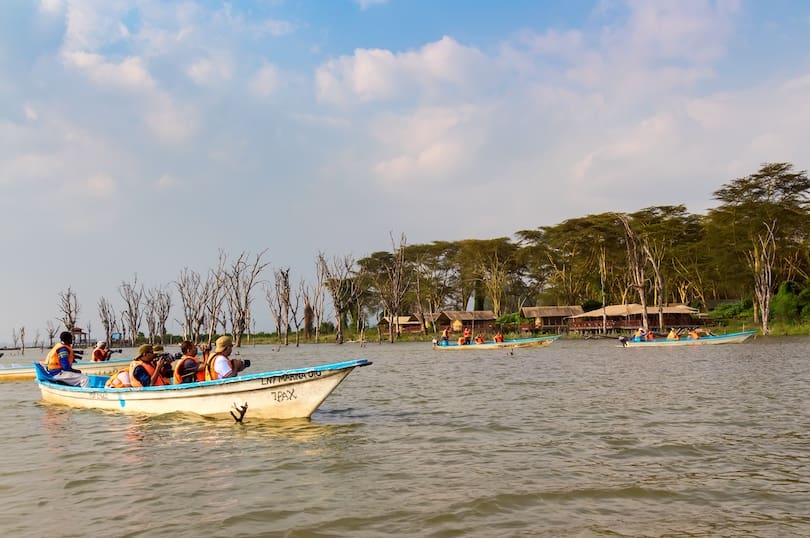



Hiya, I am really glad I’ve found this info. Today bloggers publish just about gossips and web and this is actually irritating. A good website with exciting content, this is what I need. Thank you for keeping this website, I’ll be visiting it. Do you do newsletters? Can not find it.
incrível este conteúdo. Gostei muito. Aproveitem e vejam este conteúdo. informações, novidades e muito mais. Não deixem de acessar para aprender mais. Obrigado a todos e até mais. :)